The Sony A9 III is the best camera I've ever used for flash photography portraits – here's why
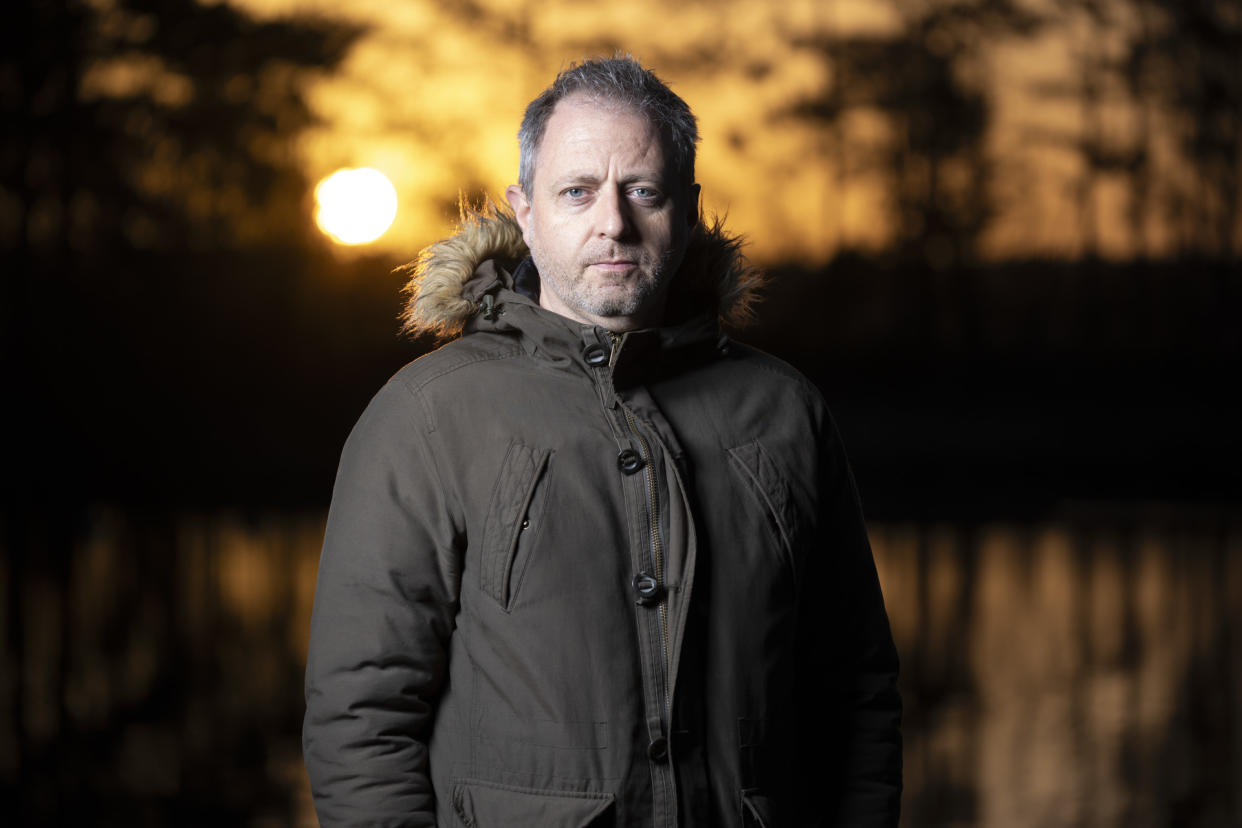
After a recent portrait shoot on location, I can say with confidence that the Sony A9 III is my new favorite camera for flash photography, and I've only scratched the surface of what it can do.
Sony's new $6,100 / £6,000 mirrorless camera hit the headlines as the fastest camera ever with blazing 120fps burst shooting at full quality, but what excites me more, after completing an exhaustive A9 III in-depth review, is what this sports shooter does for flash photography.
Why is the A9 III so much better than other mirrorless and DSLR cameras for flash photography? It packs new tech – a global shutter and Sony's best-ever autofocus – that makes capturing portraits with flash on location so much easier.
Let's just say that the next time I'm out on a portrait shoot or wedding that needs flash and I don't have the A9 III, I'll cry a little inside.
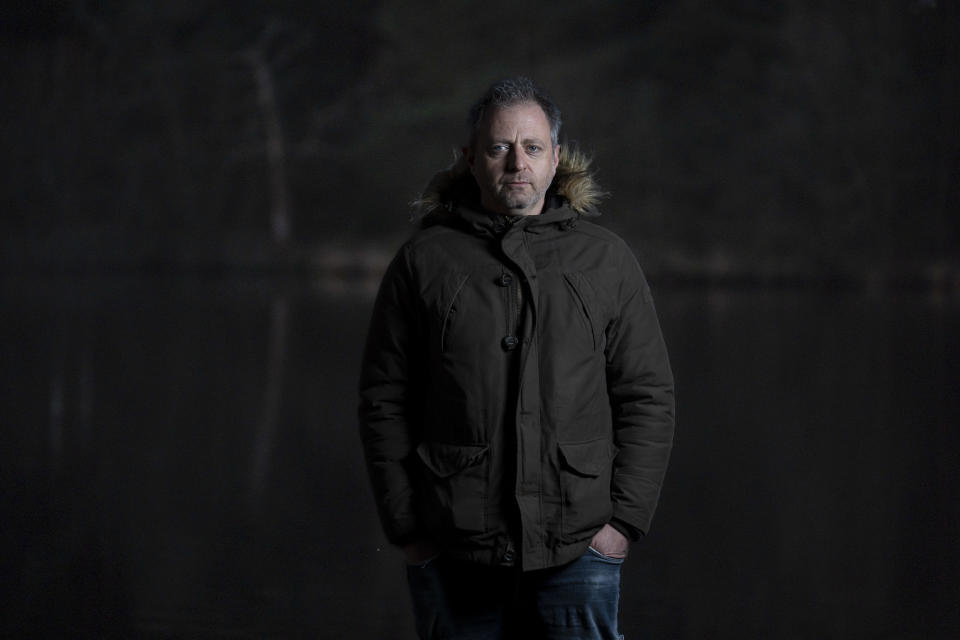
The freedom a global shutter brings for shooting portraits with flash on location
The photo above was shot with the A9 III set to 1/2000 sec and the FE 70-200mm F4 G OSS lens at its maximum f/4 aperture, with an off-camera Sony HVLF46RM flash positioned in a softbox firing at full power and remotely triggered using the Sony FA WRC1M wireless radio commander attached to the camera.
Sounds simple, right? Well, yes, it was, but it's only thanks to the tech inside the A9 III – namely the new global shutter, which I'll unpack later – that I could use these camera settings and achieve a shallow depth of field portrait with accurate focusing. There's no stress about camera settings. Put simply, I can choose whatever camera and lens settings I like without any restriction, which can't be said for almost any other camera. With the A9 III, I'm enjoying the most reliable autofocus system in the world to boot.
The above example is just for a simple on-location flash portrait shoot. I haven't even touched on high-speed action photos with flash, which is where the A9 III tech really is a game changer.
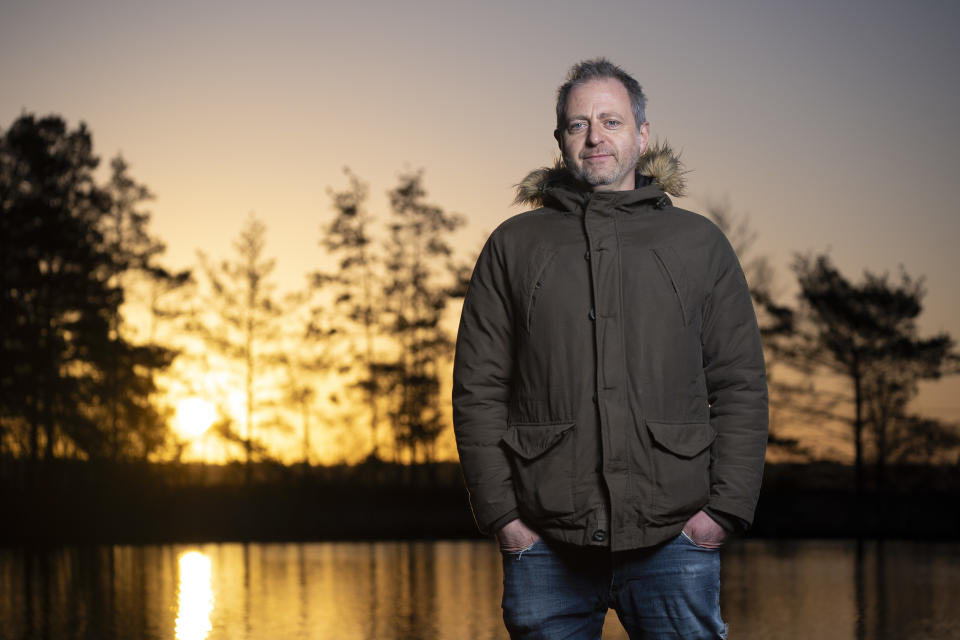
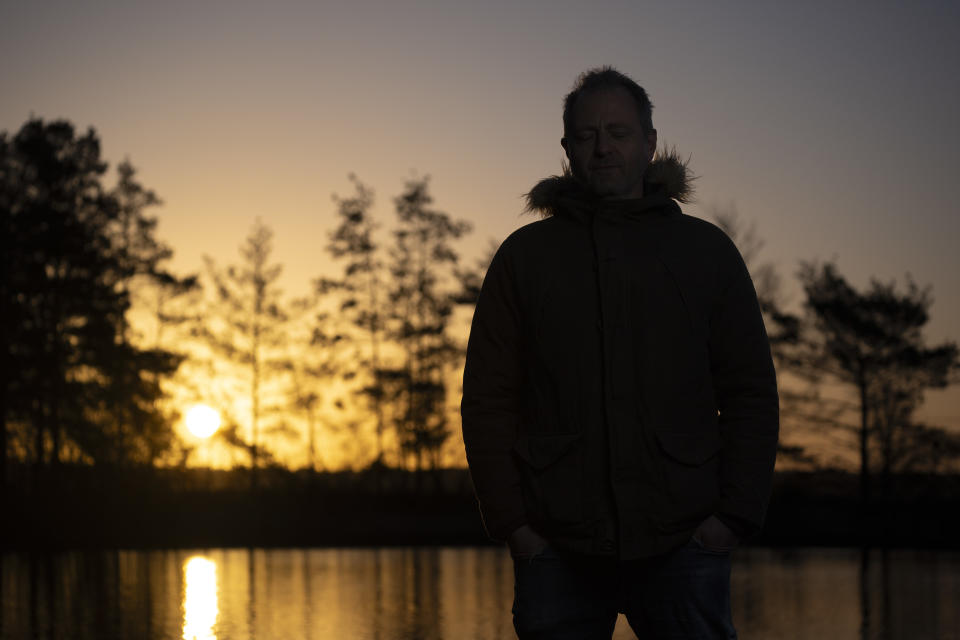
For flash portraiture with other systems, I'd have to reduce the lens aperture to around f/11 because the standard maximum flash sync speed is about 1/250sec (or less). If I shot at f/4 (or wider, like f/1.8, for an even shallower depth of field) at 1/250sec, my subject would be totally overexposed. And I don't want f/11 because the background defocus is less extreme and my subject doesn't stand out.
I've used an ND filter to reduce light intake as a workaround before using an f/4 or wider aperture. But it's a faff, and can adversely affect the camera's autofocus performance and color accuracy. And what if I take the filter on and off regularly like at a wedding when switching between natural light and flash?
I thought pairing the A9 III with a flash for such quick flash sync speeds would be a bit of a minefield, and you do need to play around with camera settings a bit, but in reality, it’s not that complicated. Put simply, the A9 III is the most versatile camera I’ve ever used for flash, and I wouldn’t think twice about hiring it for location portrait shoots.
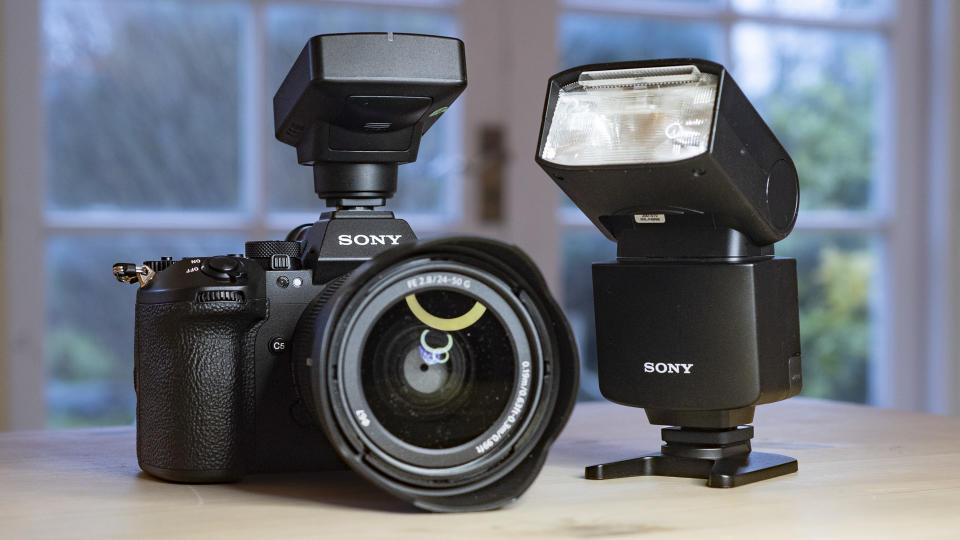
Limitless flash sync speed
Shooting with flash usually comes with unhelpful limits because of the brightness it emits combined with the maximum shutter speed you can use to sync with the flash of light. A regular DSLR or mirrorless camera flash sync speed tops out at 1/250sec, some slower than this.
Under these restrictions you have various choices when using flash. Close down the aperture to around f/11, or if you need a large aperture for shallow depth of field portraits, you can throw an ND filter in front of your lens to reduce light intake and get the right exposure. Otherwise you'll get overexposed blown out highlights on subjects illuminated with flash.
Not all cameras have such flash sync speed restrictions. Another versatile alternative for flash portraits is the Hasselblad X2D 100C. It uses a mechanical leaf shutter that is built into its lenses instead of the sensor and can also sync flash with any shutter speed, though its shutter is limited to 1/2000 sec at the fast end, whereas the A9 III's maximum shutter speed is 1/80,000sec. Furthermore, its autofocus is simply no match for the A9 III and you can't rely on it for accurate focusing. Yes, you get excellent image quality for portraits, but the X2D 100C is harder to use especially on location.
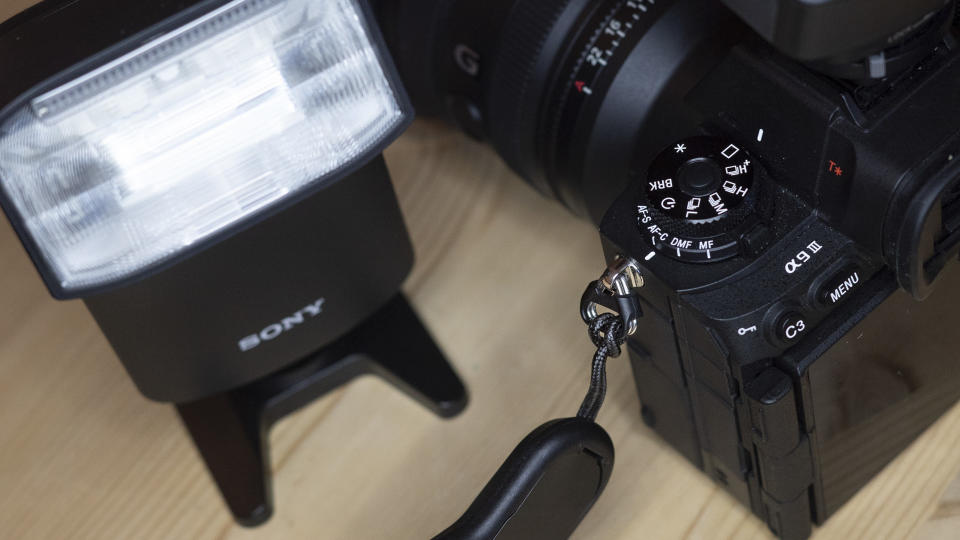
Why is the A9 III unrestricted? It's the first mirrorless camera to feature a sensor with a global shutter which reads every pixel simultaneously. Most other mirrorless and DSLR cameras feature an electronic sensor with rolling shutter that reads pixels line by line, plus a mechanical shutter.
In almost all DSLR and mirrorless cameras, flash is deactivated when using the electronic shutter because of the limited sensor readout speed – it has to be the mechanical shutter instead. The Nikon Z8 and Z9 are exceptions, relying entirely on stacked electronic sensor and boasting the quickest sensor readout speed (rolling shutter) of 1/250 sec, but their maximum flash sync speed is only 1/200sec.
This isn't the place to get bogged down further in the technicals – why and when you use a mechanical shutter or electronic shutter. Suffice to say that the A9 III's sensor with global shutter is a revelation for high-speed photography, especially flash photography, offering the best of both mechanical and electronic shutter worlds.
For those who are into flash photography in particular, the A9 III opens up a whole other realm of creative possibilities, cleanly freezing fast action with no motion blur. It also makes portraits with flash a breeze. Whenever I've got a flash photography gig, the A9 III will be the first camera that comes to mind.

